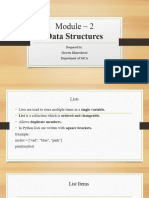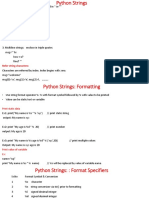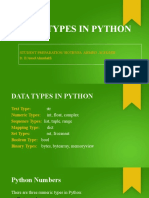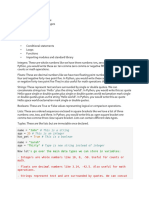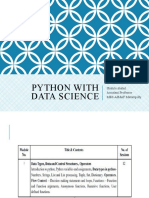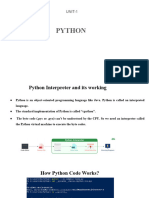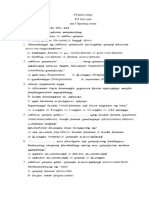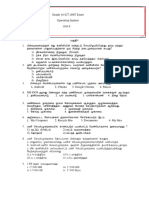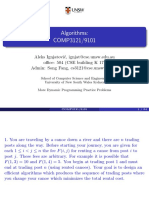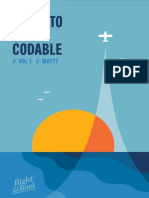0% found this document useful (0 votes)
15 views10 pagesPythen String
The document provides a comprehensive overview of Python programming concepts, including data structures like lists, tuples, sets, and dictionaries, as well as string manipulation techniques. It covers syntax for loops, comments, and various string methods such as slicing, concatenation, and formatting. Additionally, it explains how to modify lists and their built-in methods for managing data effectively.
Uploaded by
gobal suthakaranCopyright
© © All Rights Reserved
We take content rights seriously. If you suspect this is your content, claim it here.
Available Formats
Download as DOCX, PDF, TXT or read online on Scribd
0% found this document useful (0 votes)
15 views10 pagesPythen String
The document provides a comprehensive overview of Python programming concepts, including data structures like lists, tuples, sets, and dictionaries, as well as string manipulation techniques. It covers syntax for loops, comments, and various string methods such as slicing, concatenation, and formatting. Additionally, it explains how to modify lists and their built-in methods for managing data effectively.
Uploaded by
gobal suthakaranCopyright
© © All Rights Reserved
We take content rights seriously. If you suspect this is your content, claim it here.
Available Formats
Download as DOCX, PDF, TXT or read online on Scribd
/ 10



